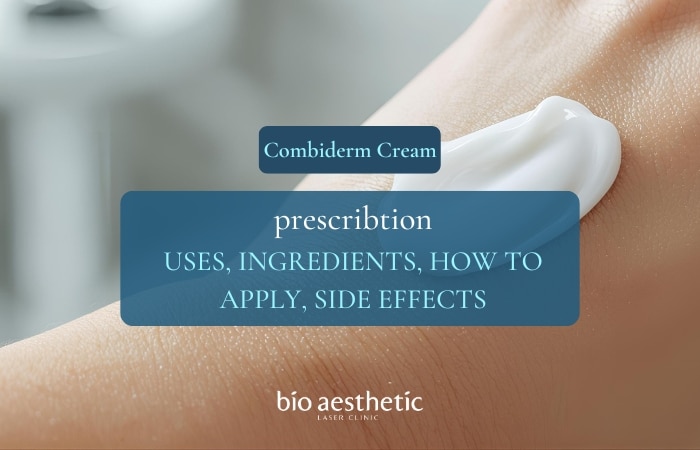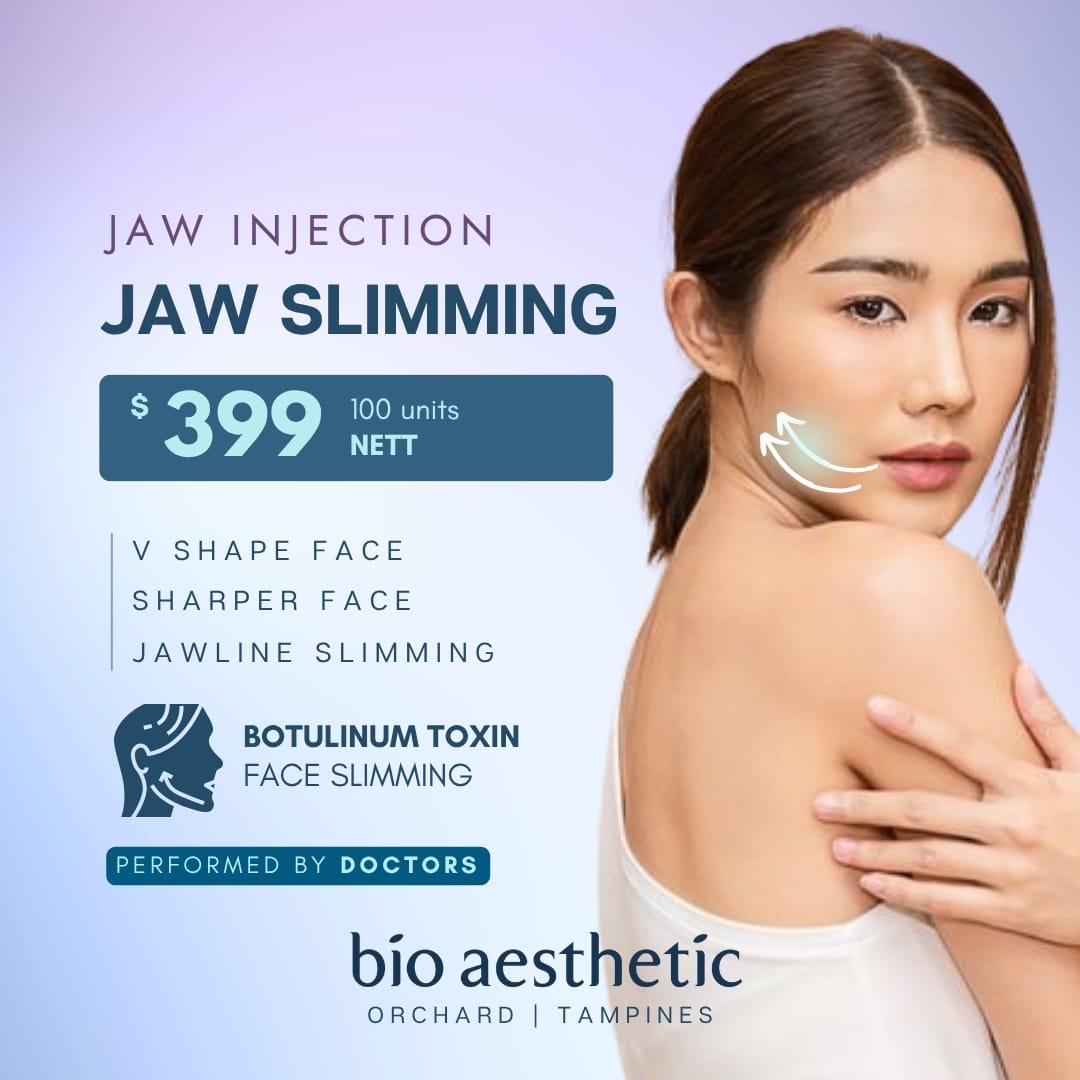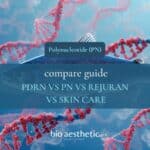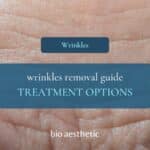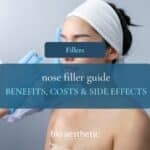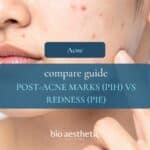| Aspect | What to know |
|---|---|
| What it is | Triple‑action prescription cream: betamethasone dipropionate 0.05% (steroid), clotrimazole 1% (antifungal), gentamicin 0.1% (antibiotic). |
| Intended use | Steroid‑responsive rashes with suspected fungal and/or bacterial involvement (e.g., inflamed tinea with secondary infection, infected eczema) as assessed by a clinician. |
| Not for | Routine acne, diaper rash, viral infections (e.g., chickenpox/shingles), long‑term self‑use, or prevention. |
| How to apply | Thin layer to affected skin, typically once or twice daily; avoid eyes, mouth and broken skin; do not occlude unless directed. |
| Typical duration | Short, doctor‑directed courses. If not improving within 7–14 days, get reassessed rather than extending on your own. |
| Common side effects | Stinging/irritation; with misuse: skin thinning (atrophy), visible vessels, stretch marks, steroid acne, perioral dermatitis. |
| See a doctor if | No improvement in 1–2 weeks, symptoms spread/worsen, or lesions are on the face/folds/genitals. |
| Education only. Always follow your doctor’s instructions and the product label. | |
What Combiderm is (and isn’t)
Combiderm is a combination topical designed to calm inflammation while addressing likely fungal and/or bacterial elements in the same area.
It is not a general‑purpose cream for all rashes, and it is not indicated for routine acne.
Formulation note by market: Singapore lists betamethasone dipropionate + clotrimazole + gentamicin; some markets list beclometasone instead of betamethasone. Check your specific box.
Ingredients & how they work
- Betamethasone dipropionate (0.05%) — a potent corticosteroid that reduces redness, itch and swelling. Prolonged/unsupervised use can cause skin thinning and other steroid‑related reactions.
- Clotrimazole (1%) — an antifungal active for common dermatophytes/yeasts (e.g., ringworm, tinea cruris/pedis).
- Gentamicin (0.1%) — a topical antibiotic for susceptible bacteria; usually limited to short courses.
When doctors consider it (and when they don’t)
Appropriate scenarios (doctor‑diagnosed)
- Inflamed tinea (ringworm/jock itch/athlete’s foot) with marked inflammation or suspected secondary bacterial infection — usually short, supervised courses.
- Infected eczematous flares where anti‑inflammatory and antibacterial cover is warranted initially, with later step‑down to targeted single‑agent therapy.
Use with caution / avoid self‑use
- Face, skin folds and groin: steroid‑related side effects occur more readily here; durations, if used, are typically brief.
- Viral rashes, diaper rash, open wounds: not appropriate.
- Long, repeated self‑courses: risk of tinea incognito, antibiotic resistance and steroid damage.
If your main concern is acne or oily skin, consider a personalised plan instead: Acne Treatment (customised), Chemical Peels or Carbon Laser Peel.
How to apply Combiderm correctly
- Clean & dry the area thoroughly.
- Thin layer to affected skin only (rice‑grain amount per small patch); rub in gently.
- Frequency: typically once or twice daily. Do not occlude (no cling‑wrap/tight dressings) unless directed.
- Duration matters: combination steroid–antifungal–antibiotic creams are usually short‑course. If not improving by day 7–14, stop and review with your doctor.
- Sensitive sites: avoid eyes, mouth and broken skin.
Side effects & precautions
Common: stinging, dryness, irritation. With misuse/overuse: skin thinning (atrophy), visible blood vessels, stretch marks, steroid acne or perioral dermatitis. Prolonged use of topical antibiotics can contribute to resistance or yeast overgrowth. If you are pregnant, breastfeeding or using on a child, seek medical advice first.
Combiderm vs alternatives (doctor guidance still required)
| Product | What’s inside | When it’s considered |
|---|---|---|
| Combiderm (Singapore) | Betamethasone dipropionate 0.05% + Clotrimazole 1% + Gentamicin 0.1% (Rx) | Inflamed tinea/eczema with suspected secondary infection; short course under supervision. |
| Quadriderm NF | Betamethasone + Clotrimazole + Gentamicin (triple combo) | Similar triple‑agent concept; availability varies by market/brand. |
| Lotriderm / Lotrisone | Clotrimazole + Betamethasone (no antibiotic) | Inflamed fungal infections when bacterial cover isn’t needed; still short courses. |
| Fucidin H | Fusidic acid 2% + Hydrocortisone 1% | Mild steroid + antibiotic for infected eczematous lesions when fungus isn’t suspected. |
| Single‑agent antifungal | e.g., Clotrimazole 1% alone | Uncomplicated tinea (ringworm, jock itch, athlete’s foot) without marked inflammation. |
| Combination creams are not general‑purpose fixes. Diagnosis first; step down to targeted agents when possible. | ||
Doctor‑guided routine (example)
| Phase | What to do |
|---|---|
| Week 0 | Clinical exam & diagnosis. Consider tests if atypical or recurrent. |
| Days 1–7 | Apply thin layer once/twice daily to affected skin only. Keep area cool & dry; avoid tight clothing/occlusion. |
| Re‑assessment | If improved, step down to single‑agent antifungal/antibiotic as appropriate; if not improved, re‑evaluate diagnosis. |
| Avoid face/folds/genitals unless specifically directed, with tightly limited duration. | |
FAQs
Is Combiderm over-the-counter in Singapore?
No. Combiderm is prescription-only in Singapore.
Can I use Combiderm on my face?
Use on the face and skin folds only if your doctor specifically advises it, and for a very short duration due to higher risk of steroid side effects.
How long can I use Combiderm?
Short courses only. If there is no clear improvement by day 7–14, stop and return for a review rather than extending on your own.
Can Combiderm treat acne or “fungal acne”?
No for acne—steroids can worsen acneiform eruptions. “Fungal acne” (Malassezia folliculitis) needs a different plan. For breakouts, see:
Acne Treatment,
Back Acne,
Acne Hub,
Acne Scars Removal.
Is Combiderm safe during pregnancy?
Discuss with your doctor first. Combination creams are often avoided or limited in pregnancy/breastfeeding unless the benefits clearly outweigh the risks.
What if my rash keeps returning?
Recurrent rashes may be tinea, bacterial folliculitis, or Malassezia folliculitis. Get a firm diagnosis and a targeted plan instead of repeating combination creams.
Related services & guides at Bio Aesthetic
- Customised Acne Treatment (face & body)
- Back Acne (Bacne): Causes, Treatments & Prevention
- Chemical Peels (BHA/TCA; doctor‑directed)
- Carbon Laser Peel (oil & pores)
- Acne Scars Removal (treatments & prices)
- Laser Acne Scar: CO2 vs Pico (guide)
- Subcision for Rolling Scars
- Subcision + Filler vs Subcision Alone (when to combine)
- Rejuran S for Acne Scars
- Book a doctor consultation (Orchard / Tampines)
Disclaimer: This page provides general education and does not replace a medical consultation. In line with Singapore HCSA advertising guidance, we avoid guarantees and do not publish clinical before/after photos publicly. Please consult our doctors for personalised advice.
References (for patients & reviewers)
- Apotheca (Singapore distributor). Combiderm Cream — product page.
- Mayo Clinic. Betamethasone + Clotrimazole (topical) — indications & cautions.
- FDA (US). Lotrisone (clotrimazole/betamethasone) label — composition, use & precautions.
- DailyMed (US). Clotrimazole/Betamethasone cream — prescribing info.
- Electronic Medicines Compendium (UK). Fucidin H cream (fusidic acid + hydrocortisone) SmPC.

